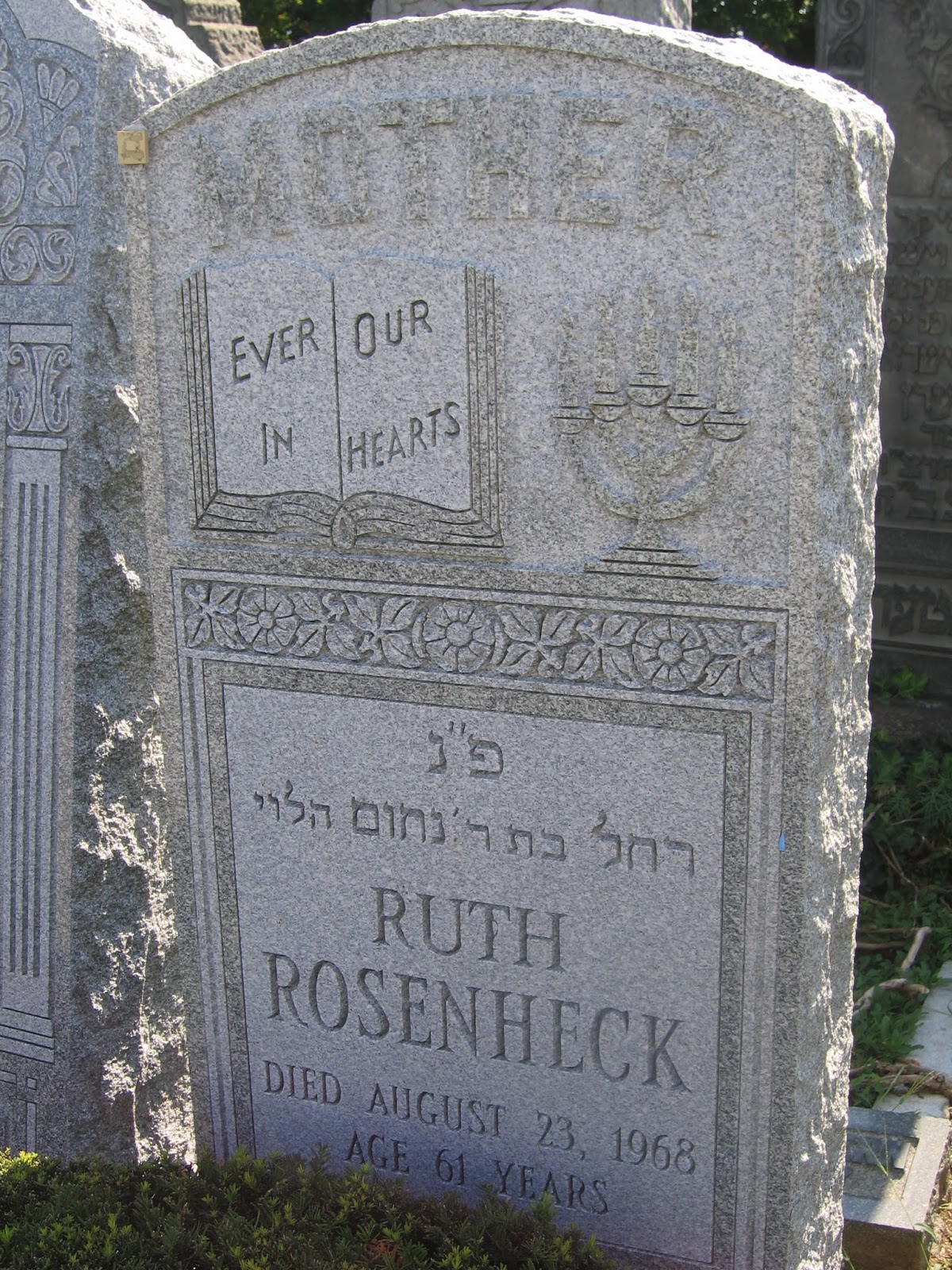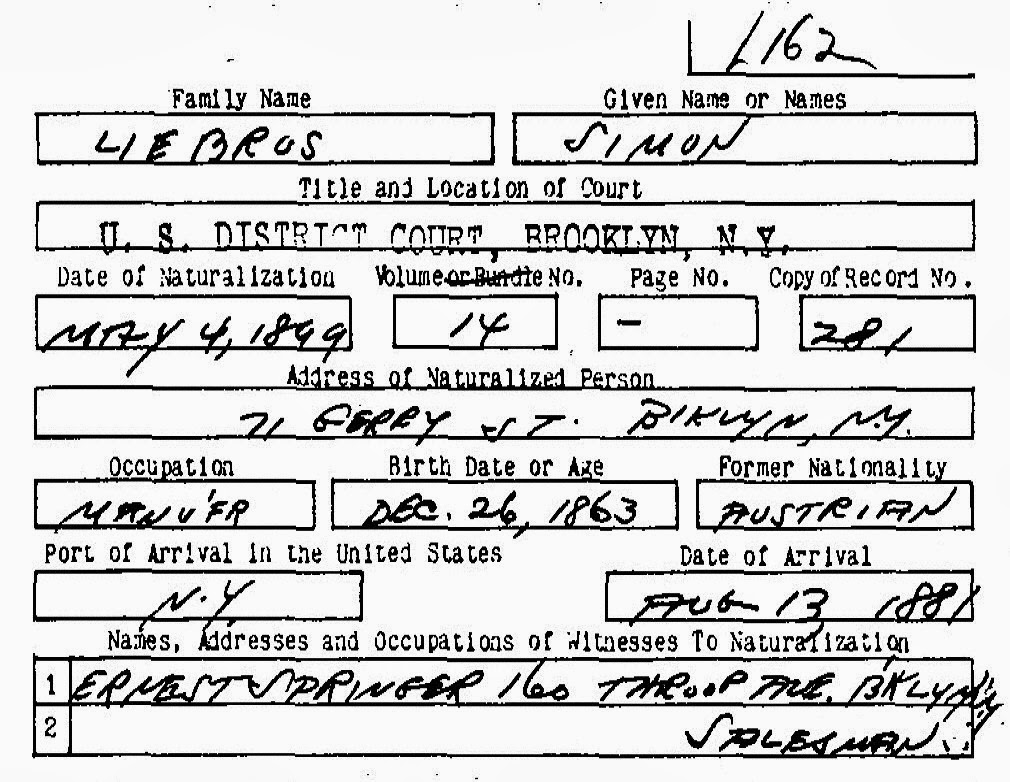Output
Last year at this time I'd been blogging almost a full year and had landed close to my goal of posting once each week. This year I've managed to more than triple that total with 162 for the year. That will probably be about my goal for 2014. That, plus getting back to some of my research series, such as the unfinished one about Feiga Grinfeld.Why Blog?
There are many reasons for a genealogist to take up blogging, not the least of which is establishing a platform from which to share one's findings and, of course, online cousin bait.For me, this year, blogging was my most useful tool for recording and remembering my trip to Ukraine in June. Each evening I'd upload the day's photographs to my iPad and then review the day in a post. This became the diary of my trip. I found it so useful that now blogging - or at least keeping a journal - during such a trip is one of my main pieces of advice for those considering roots journeys.
Zounds!
One of the big things that occurred during my blogging year was increased recognition. One of my shortest posts, "Free Records!", in January became one of my most successful in terms of readership. Once the post was picked up by two of the most interesting and prolific genealogy bloggers out there (Judy Russell and Randy Seaver), my stats went through the roof.Watching stats climb is a little intoxicating. I thought for a moment, "What can I do to top this?" Then, I remembered: I didn't need to top it. Just keep on doing what I was doing. The stats went down, but have settled at a much higher level than last year. I am grateful for those who check-in every now and then to see if I've posted anything that will interest them. And, I'm excited when something is of interest to both those within and outside my family.
Favorites
Statistically, the most read post - for some reason I cannot completely fathom - was "Kiev, the Great Choral Synagogue and Art, 20 June 2013," one of my Ukraine trip posts.My favorites are "Genealogy is Anthropology" and the "Avrum's Women" series, especially Part 8. I like the anthropology one because it was gathering momentum in my brain for a while and then just spewed forth in a way that just felt (and still reads) right.
Avrum's women is a series that outlines my research thoughts, methods, steps and findings regarding the question: "Who were the women in Avrum Garber's life?" In particular, over several posts I examine my research into "Who was Feiga Grinfeld and how may I be related to her?" Part 8 was nice because it was posted at point in the research where some interim conclusions could be discussed. I was pleased to be able to join the broader Eastern Eueopean background history with the microhistory of the Grinfeld family. There's definitely more work to be done on this story - I still don't have the answer.
Thank yous!
There were many people who indulged my obsession this year and I thank them all: my daughter Katherine for allowing me to drag her all over Ukraine; my cousins Lynne, Bob, Judy B., Sandi, Sally, Paul and Judy E. for entertaining me (royally) at a variety of venues (including Fenway Park); my equally obsessed conference buddy Janette; and my husband John who lets me do my thing.2014
2014 will start off busy. I have registered for the Boston University Online Genealogy Research Certificate Program. They prefer that students do not blog about the course - and I won't. However, if all goes well, you may see the fruits of my labors in improved methodology and techniques. I expect to learn a great deal.Have a great New Year! May your research be productive, enlightening and always exciting.











+copy.jpg)
+detail.jpg)
_%23620_13Aug1881Elbe_Detail.jpg)






